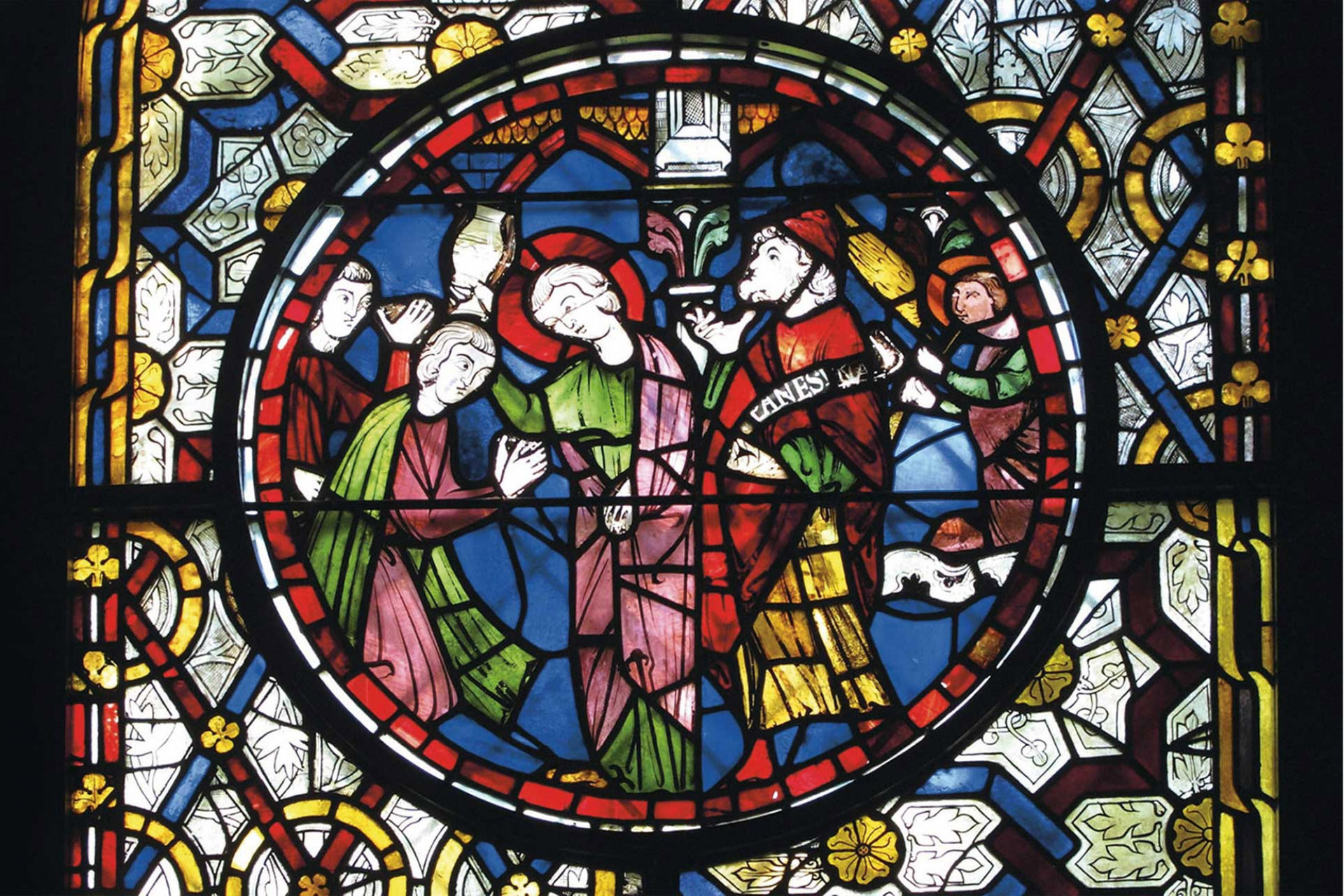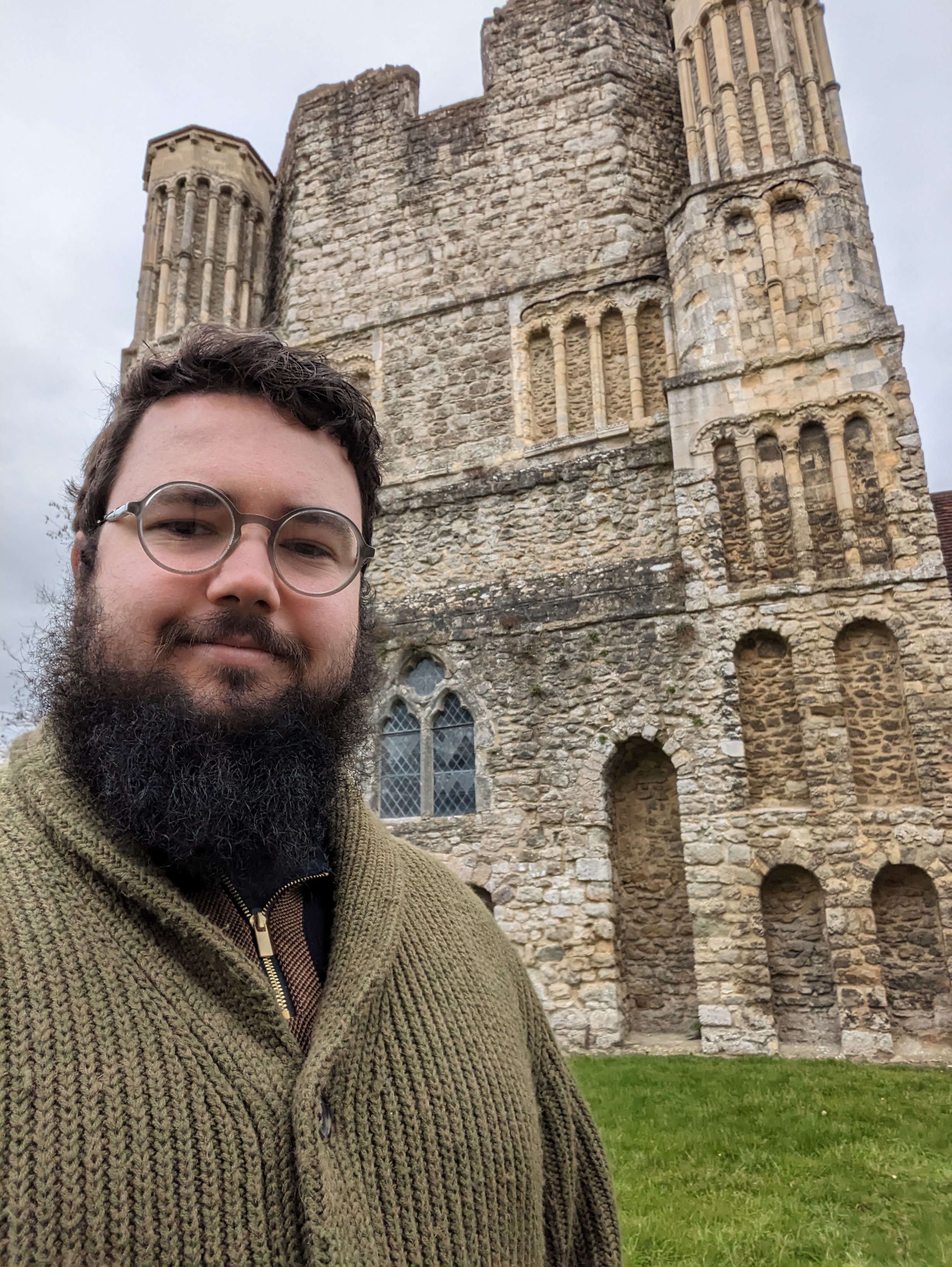Earlier this month, the University of Kent hosted the annual conference for The European Society for Textual Scholarship. The European Society for Textual Scholarship provides … Read more
Author: Hannah Collins
Student Blog – A trip to Malling Abbey: the face of Bishop Gundulf?
We are sharing with you today a blogpost written by our wonderful PhD student Harry Gilbert, who first did his MA with us in 2020 … Read more


